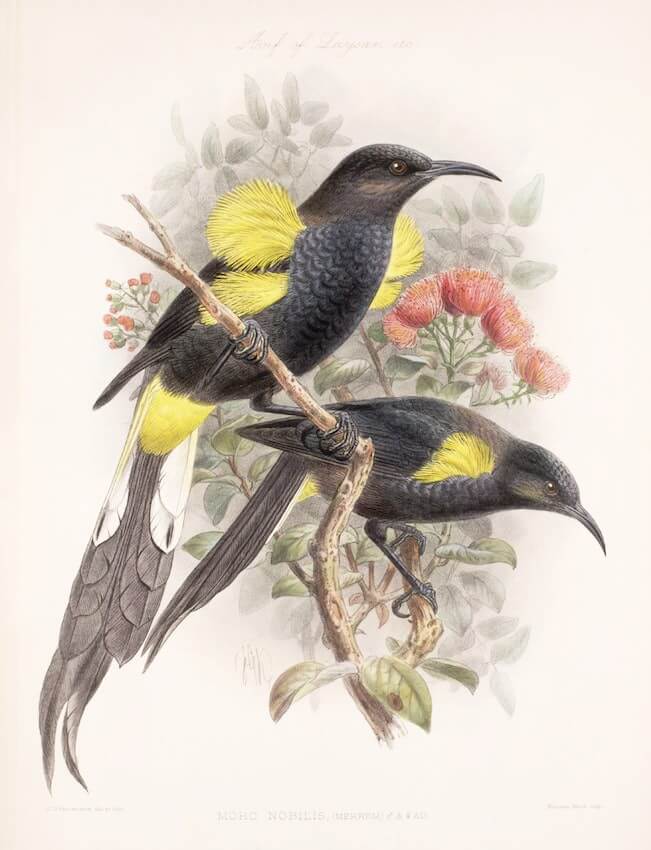Moho nobilis
1934
Lithograph by John Gerrard Keulemans of a Hawaiʻi ʻōʻō from Lionel Walter Rothschild's The Avifauna of Laysan and the Neighbouring Islands (1893) Source

Moho nobilis
1934
Lithograph by John Gerrard Keulemans of a Hawaiʻi ʻōʻō from Lionel Walter Rothschild's The Avifauna of Laysan and the Neighbouring Islands (1893) Source

Bos primigenius
1627
Illustration of an aurochs from Siegmund von Herberstein's Rervm Moscoviticarvm commentarij Sigismundi (1556) Source
Itsok